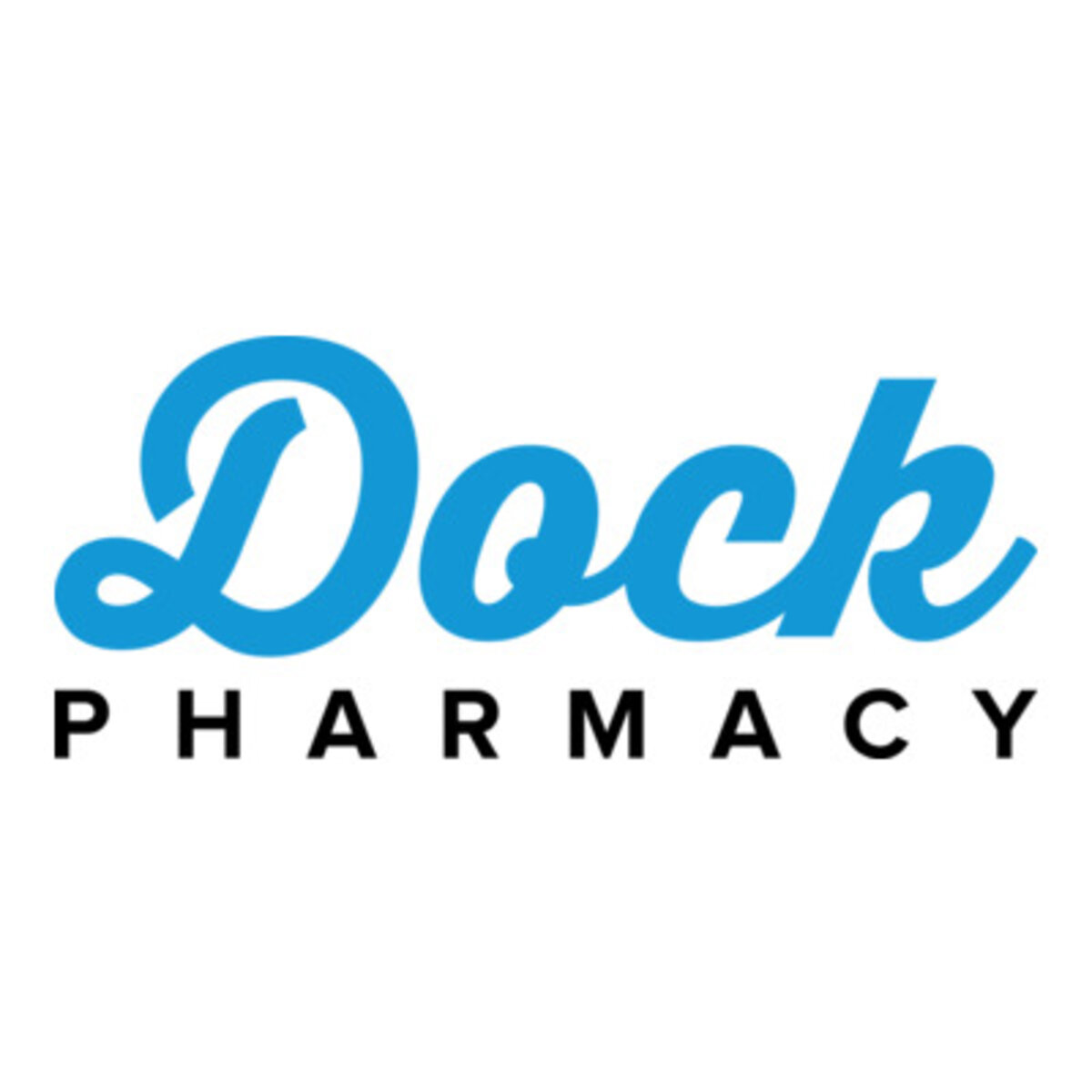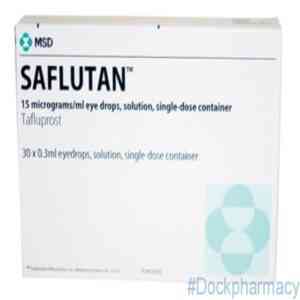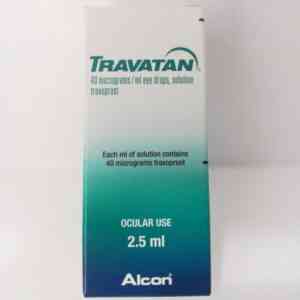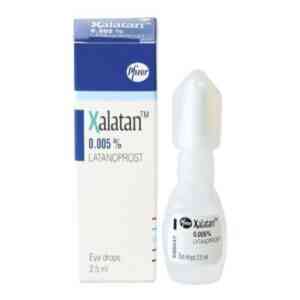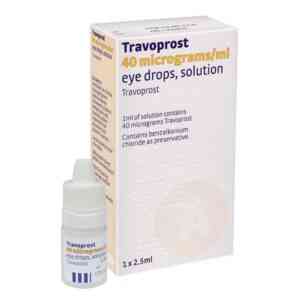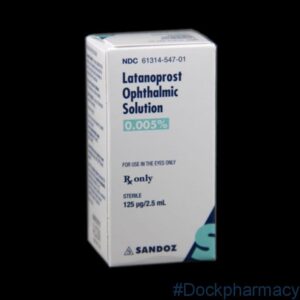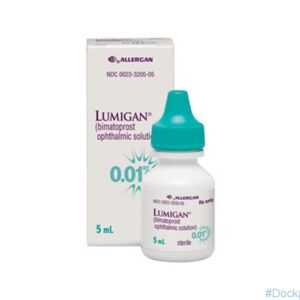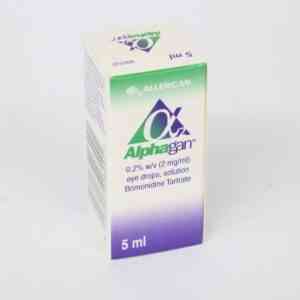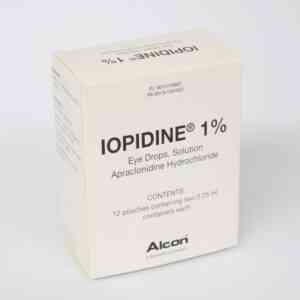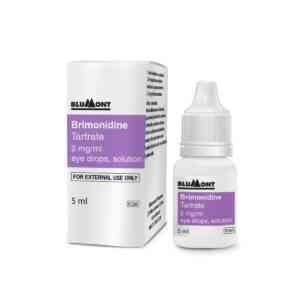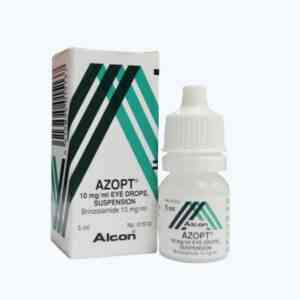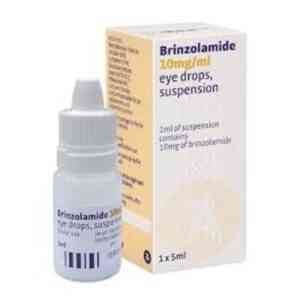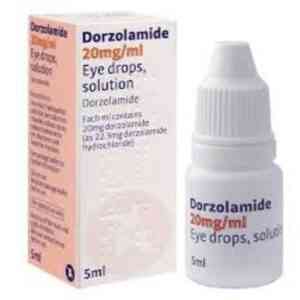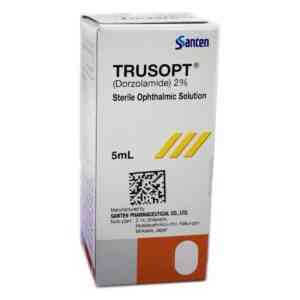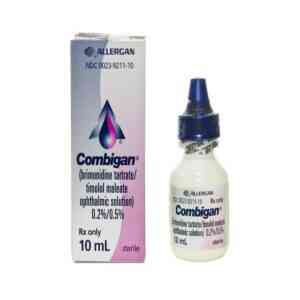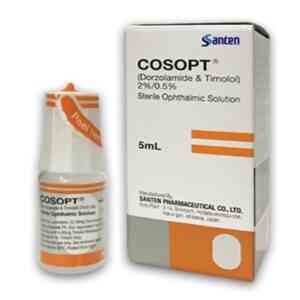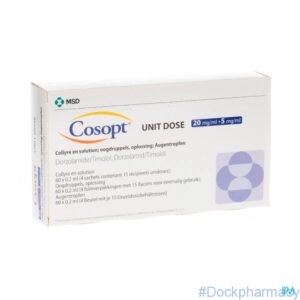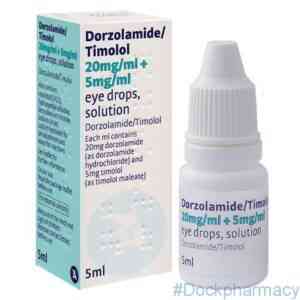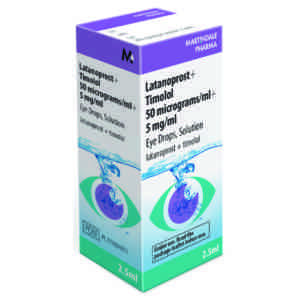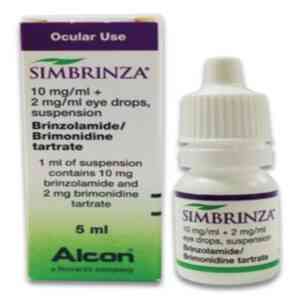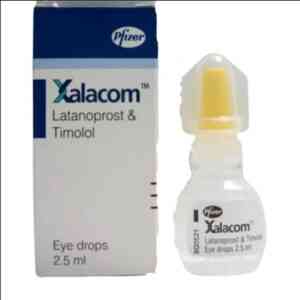A range of options is offered to treat glaucoma. These include eye drops, laser procedures, and also surgical treatment. All are planned to reduce eye pressure as well as, thus, shield the optic nerve.
Currently, in the UK, glaucoma eye drops are frequently the first choice for dealing with treating glaucoma. For lots of people, a combination of medication and laser therapy can safely regulate eye pressure for several years.
Eye drops made use of in managing glaucoma reduction eye pressure by aiding the eye’s liquid to drain much better and/or lowering the quantity of fluid made by the eye.
Drugs to treat glaucoma are classified by their active ingredient. These consist of: prostaglandin analogs, beta blockers, alpha agonists, carbonic anhydrase preventions, and also rho kinase preventions. In addition, combination medications are readily available for individuals who require more than one sort of medication. An older course of medicines, the cholinergic agonists (such as pilocarpine) are not commonly used nowadays as a result of their side effects.
Types Of Glaucoma Eye Drops
- Prostaglandin analogs consist of Xalatan (latanoprost), Lumigan (bimatoprost), Travatan (Travoprost), as well as Saflutan ™(tafluprost), and they function by raising the discharge of fluid from the eye.
They have few systemic side effects but are associated with changes to the eye itself, including change in iris color and growth of eyelashes. Depending on the individual, one of these preparations may be more effective and produce fewer side effects. Latanoprost and some formulations of bimatoprost are now available in generic form. Tafluprost is a preservative-free prostaglandin analog.
- Product on sale
 Saflutan Eye Drops Preservative Free – Tafluprost, 30 SDUOriginal price was: £22.50.£17.90Current price is: £17.90.
Saflutan Eye Drops Preservative Free – Tafluprost, 30 SDUOriginal price was: £22.50.£17.90Current price is: £17.90. - Product on sale
 Travatan Eye Drops, 2.5mlOriginal price was: £16.50.£15.29Current price is: £15.29.
Travatan Eye Drops, 2.5mlOriginal price was: £16.50.£15.29Current price is: £15.29. - Product on sale
 Xalatan Eye Drops – Latanoprost Eye Drops, 2.5mlOriginal price was: £19.40.£17.50Current price is: £17.50.
Xalatan Eye Drops – Latanoprost Eye Drops, 2.5mlOriginal price was: £19.40.£17.50Current price is: £17.50. - Product on sale
 Travoprost Eye Drops, 2.5mlOriginal price was: £9.90.£6.90Current price is: £6.90.
Travoprost Eye Drops, 2.5mlOriginal price was: £9.90.£6.90Current price is: £6.90. - Product on sale
 Latanoprost Eye Drops 50mcg/1ml, 2.5MLOriginal price was: £14.50.£7.90Current price is: £7.90.
Latanoprost Eye Drops 50mcg/1ml, 2.5MLOriginal price was: £14.50.£7.90Current price is: £7.90. - Product on sale
 Lumigan Eye Drops – Bimatoprost Eye Drops 0.01%, 3mlOriginal price was: £21.95.£15.50Current price is: £15.50.
Lumigan Eye Drops – Bimatoprost Eye Drops 0.01%, 3mlOriginal price was: £21.95.£15.50Current price is: £15.50.
2) Beta blockers such as timolol are the second most often used class of medication and work by decreasing
3) Alpha agonists [Alphagan (brimonidine), Iopidine ] work to both reduction manufacturing of fluid and increase drainage.
- Product on sale
 Alphagan Eye Drops – Brimonidine Eye Drops, 5mlOriginal price was: £12.99.£9.49Current price is: £9.49.
Alphagan Eye Drops – Brimonidine Eye Drops, 5mlOriginal price was: £12.99.£9.49Current price is: £9.49. - Product on sale
 Iopidine Eye Drops 1% – Apraclonidine Eye Drops 1%, 24 SDUOriginal price was: £124.80.£101.40Current price is: £101.40.
Iopidine Eye Drops 1% – Apraclonidine Eye Drops 1%, 24 SDUOriginal price was: £124.80.£101.40Current price is: £101.40. - Product on sale
 Brimonidine Eye Drops 0.2% – Alphagan Eye Drops Generic, 5mlOriginal price was: £10.90.£7.90Current price is: £7.90.
Brimonidine Eye Drops 0.2% – Alphagan Eye Drops Generic, 5mlOriginal price was: £10.90.£7.90Current price is: £7.90.
4) Carbonic anhydrase preventions (CAIs) lower eye pressure by reducing the manufacturing of intraocular liquid. These are readily available as [Trusopt ® (dorzolamide), Azopt ® (brinzolamide)] in addition to tablets [Diamox (acetazolamide) and also Neptazane ® (methazolamide)] Besides brinzolamide, all CAIs are available in generic kind.
- Product on sale
 Azopt Eye Drops – Brinzolamide eye drops, 5mlOriginal price was: £16.50.£13.50Current price is: £13.50.
Azopt Eye Drops – Brinzolamide eye drops, 5mlOriginal price was: £16.50.£13.50Current price is: £13.50.  Brinzolamide Eye Drops – Azopt Generic, 5ml£7.50
Brinzolamide Eye Drops – Azopt Generic, 5ml£7.50 Dorzolamide Eye Drops Solution – Trusopt Generic, 5ml£6.90
Dorzolamide Eye Drops Solution – Trusopt Generic, 5ml£6.90 TRUSOPT Eye Drops 2% – Dorzolamide Eye Drops, 5ml£11.99
TRUSOPT Eye Drops 2% – Dorzolamide Eye Drops, 5ml£11.99
5) Combined medicines can provide a choice for clients that require more than one type of medication. In addition to the ease of making use of one eyedrop container rather than 2, there is reduced direct exposure to preservatives. Cosopt ® is a combination of a beta blocker (timolol) and a carbonic anhydrase inhibitor (dorzolamide) and also is readily available in generic form and also as a preservative-free formula (Cosopt ® PF ). Combigan ® incorporates an alpha agonist (brimonidine) with a beta blocker (timolol). Simbrinza ® is a beta blocker-free mix drug containing brinzolamide and brimonidine. Other combination, Xalacom ( Latanoprost and Timolol)
- Product on sale
 Combigan Eye Drops, 5mlOriginal price was: £15.00.£14.00Current price is: £14.00.
Combigan Eye Drops, 5mlOriginal price was: £15.00.£14.00Current price is: £14.00. - Product on sale
 Cosopt Eye Drops, 5mlOriginal price was: £17.50.£15.49Current price is: £15.49.
Cosopt Eye Drops, 5mlOriginal price was: £17.50.£15.49Current price is: £15.49. - Product on sale
 COSOPT Preservative Free Eye Drops Single Dose Unit, 60 DosesOriginal price was: £42.89.£39.79Current price is: £39.79.
COSOPT Preservative Free Eye Drops Single Dose Unit, 60 DosesOriginal price was: £42.89.£39.79Current price is: £39.79. - Product on sale
 Dorzolamide Timolol Eye Drops – Cosopt Generic, 5mlOriginal price was: £12.99.£11.99Current price is: £11.99.
Dorzolamide Timolol Eye Drops – Cosopt Generic, 5mlOriginal price was: £12.99.£11.99Current price is: £11.99.  Latanoprost Timolol Eye Drops, 2.5ML£11.50
Latanoprost Timolol Eye Drops, 2.5ML£11.50- Product on sale
 Simbrinza Eye Drops, 5mlOriginal price was: £17.90.£14.50Current price is: £14.50.
Simbrinza Eye Drops, 5mlOriginal price was: £17.90.£14.50Current price is: £14.50. - Product on sale
 Xalacom Eye Drops, 2.5mlOriginal price was: £20.05.£18.50Current price is: £18.50.
Xalacom Eye Drops, 2.5mlOriginal price was: £20.05.£18.50Current price is: £18.50.
